-
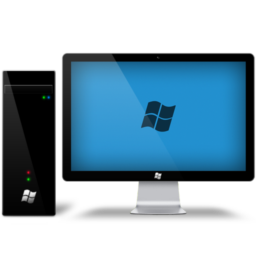
How to find your Wi-Fi Password in Windows 10
The tutorial guides on finding a forgotten Wi-Fi password in Windows 10, using a connected Windows computer. It involves navigating to the network settings and selecting the connected Wi-Fi network. The password is displayed upon selecting ‘Show characters’ in the ‘Security’ tab. The method can be applied to all Windows 10 PCs.
-
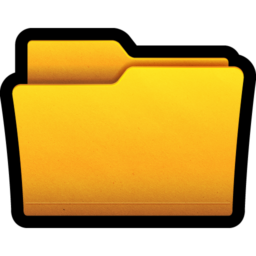
Tips to Improve Performance in Windows 10
This tutorial offers tips for improving the performance of Windows 10, especially if a PC is running slowly. Key steps include ensuring the latest version of Windows 10 is installed, updating Windows to get the latest device drivers and features, adjusting Windows appearance to maximize performance, and utilizing built-in virus protection to remove unwanted software.…
-
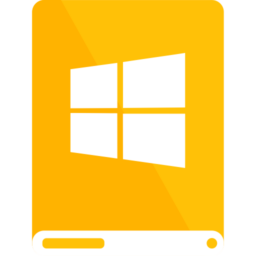
How to customize Quick access in Windows 10
The tutorial guides students and new users on customizing the Windows 10 Quick Access feature, including tips on disabling automatic addition of frequently accessed files, pinning specific folders for easy findability, and removing unwanted items. This allows users to tailor Quick Access to their preferences, making it a more efficient tool for them.
-

How to fix Bluetooth issues in Windows 10
This is a brief tutorial on troubleshooting common Bluetooth issues in Windows 10. It guides through checking and turning on the Bluetooth function, ensuring Bluetooth devices are within range, and reinstalling Bluetooth adapters if necessary. If these methods fail, using Windows 10’s Bluetooth Troubleshooter is recommended. The guide is designed to be helpful for students…
-

How to Change or Reset Your Windows 10 Password
This tutorial explains how to change or reset Windows 10 passwords. It allows users who know their current passwords to change them via account settings. For those who’ve forgotten their passwords, security questions can be used for resetting. If these attempts fail, a hard reset of the device can be a last resort – but…
-
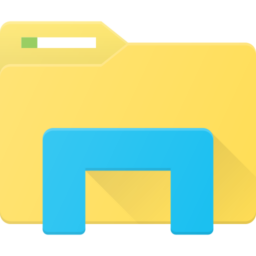
How to open the Control Panel in Windows 10
The tutorial educates about accessing the hidden classic control panel in Windows 10, an update (20H2) which was sent out in October 2020. To retrieve it, press Windows + R to open the dialog box and then type this command – “explorer.exe shell:::{BB06C0E4-D293-4f75-8A90-CB05B6477EEE}” – to display the classic control panel.
-

How to reset your computer without losing your files in Windows 10
This tutorial guides students and new users on how to reset Windows 10 without losing files, an ideal solution when the computer is slow or infected with viruses. By resetting, the computer reverts to a state similar to its initial setup, removing non-original programs and some personal profile data, while preserving documents and data. The…
-
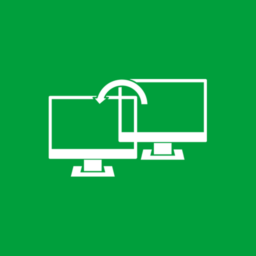
How to Scan for Malware with Microsoft Defender
The post provides a tutorial on using Microsoft Defender Antivirus to protect computers from malware and viruses. It explains how to run different types of scans, including quick, advanced, and scheduled scans, and how to specify the settings for each scan type. It also describes how to scan specific files or folders and the conditions…
-

How to turn on Bitlocker on Windows 10
This brief tutorial guides users on how to enable BitLocker on Windows 10 systems, providing data protection to authorized users only. The guide specifies the login as an administrator, turning on device encryption, and using standard BitLocker encryption if necessary. It notes that BitLocker is not available on Windows 10 Home Edition.
-
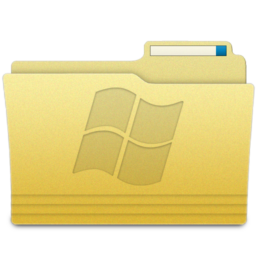
How to Lock Your Windows 10 Computer Quickly
This tutorial provides guidance to students and new users on how to effectively secure their computers with the lock feature in Windows 10, without having to sign out. A variety of methods are highlighted, such as using keyboard shortcuts, locking from the Start menu or Task Manager, and using the Ctrl + Alt + Delete…
Category: Windows
Article based on Windows 10/11, including improving device performance, hardening device security, adding and managing accounts, and more.
